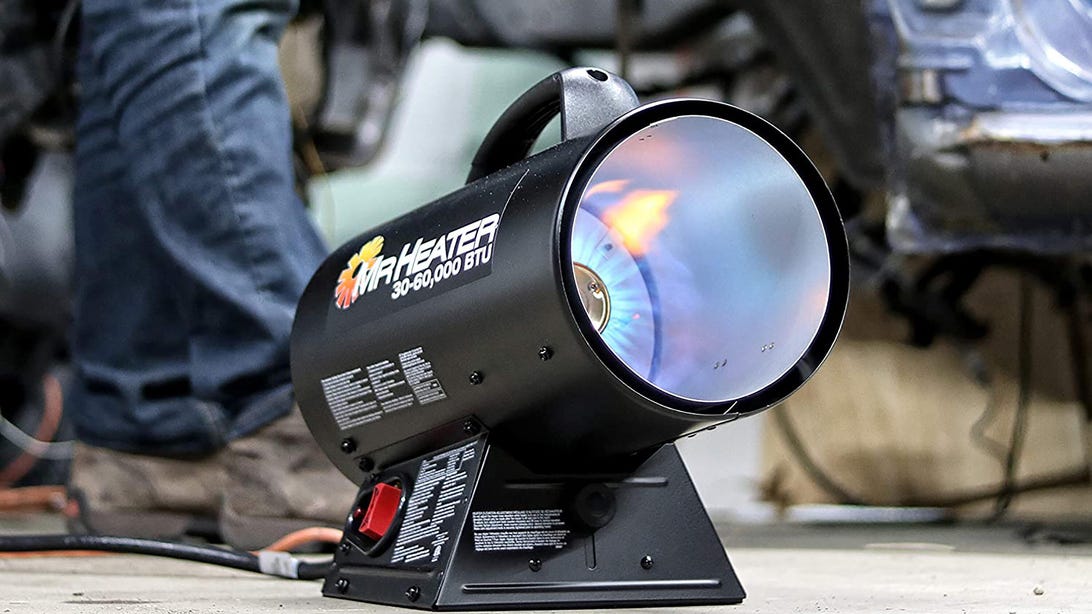Nvidia chief financial officer (CFO) Colette Kress says the company has only just begun to make an impact in the server market, and sees a huge opportunity for GPU acceleration there.
She also believes the firm is succeeding in deterring cryptominers from monopolising the supply of graphics cards, and that Nvidia will be in a good position to meet demand for all its products this year after securing supplies. Kress was speaking at the virtual 24th Annual Needham Growth Conference, hosted by Needham & Company and aimed at investors.
Kress said that demand for Nvidia’s GeForce product “continues to remain…stronger than our overall supply that we have.” She added that Nvidia is working with its supply chain partners to increase availability and indicated that this situation will be better when it comes to the second half of 2022.
Gamers have long complained that it can be difficult to obtain many Nvidia graphics cards, as cryptocurrency miners snap up supplies and drive up prices. Last year, Nvidia sought to address this by lowering the hash rate performance of cards such as the RTX 3080, RTX 3070, and RTX 3060 Ti when performing algorithms used in mining, while introducing specialised CMP cards that have no video output and allow for a greater number of GPUs to be controlled by one CPU.
Kress said that the contribution of cryptocurrency to Nvidia’s gaming revenue continues and is difficult for the company to quantify, but she believes that the two-pronged custom hardware approach has been an effective strategy to steer GeForce supplies to gamers.
“The CMP product, which stands for crypto mining processor, this is specifically enabling the ability to do hash rates on a product that does not have overall video capabilities … it can’t be used for overall gaming. We geared that toward our crypto miners, and sold into professional miners on that,” she explained, adding that Nvidia has seen “strong quarters” for that.
Diving into the data centre
When asked about Nvidia’s data centre business, Kress indicated that the firm has had great success with the Ampere architecture, claiming there had been strong demand for the A100 product designed to slot into servers for AI, data analytics and high-performance computing (HPC) applications.
Kress also claimed that a key point about the A100 is its ability to perform training and inferencing at the same time, meaning it has greater flexibility in the way it can be deployed.
“Our work with customers, helping them with their inferencing solutions, helping them in terms of training, training models, as well as all of the different software that we have enabled for these industries, really speak to the growth that we’re going to see in terms of the industry going forward,” she said.
Nvidia estimates that about 10 per cent of servers in the data centre are accelerated with a GPU (which seems a bit on the high side to us,) but sees this as a big opportunity for growth.
“We’re still in the early stage of penetrating the server market with acceleration. More than just saying it’s only 10 percent, it really indicates that there is 90 percent opportunity still going forward, as people really see the importance of acceleration going forward, as Moore’s Law becomes at an end for many of these applications,” Kress said.
The A100 supports deployment in the cloud, with multi-tenancy support, but also on-premises support for customers that want this method of deployment, Kress stated, adding that “these are many different options that we have, not only in terms of the hardware and system infrastructure, but also the software stacks that we have enabling that.”
- Nvidia promises British authorities it won’t strong Arm rivals after proposed merger
- GPU makers promise relief is at hand over chip shortages, prices expected to fall in second half of the year
- How can we push more chips, Nvidia thinks: Ah yes, free 3D metaverse-slash-omniverse tools for creators
- Rocketing chip sales growth to ease off this year, reach $680bn, say analysts
Kress said that Nvidia’s data centre revenue and customer profile is split down the middle, with 50 per cent focused on those hyperscalers and 50 per cent on enterprise industry verticals.
“Keep in mind the hyperscale, some of that may be used for their internal use, in terms of building applications that they monetise. But the other portion is setting up cloud instances,” she explained. “Those cloud instances are an important area for us to bring on developers, researchers, higher education, but also some of the first places where the enterprise industry has gone to test those places.”
Meanwhile, the types of processing work that those GPU accelerators are being used for has changed over the past several years. At the start, much of the focus was on computer vision or classifying pictures. This progressed to natural language processing and recommendation engines to help commercial operations monetise their marketing.
Now, financial industries are using AI to detect and avoid fraud, while the retail sector is focused on ways to improve their overall forecasting of supply and demand.
“Post the pandemic we think more of this will flow as people really understand the use of AI will be a competitive need for their industries,” Kress said.
Securing supplies
While the global chip shortage has affected many in the IT industry, Nvidia has apparently made pre-payments of about $1.6bn to a major silicon foundry partner in order to secure future supplies.
“We continue to try and get more supply for the latest quarter. But at the same time we are procuring supply commitments for longer term. In many cases they can be for a year out, some of the times they may be for multiple years out,” Kress said.
However, as Nvidia is increasingly a systems company, that can mean everything from components, to packaging, and involves working more closely with partners and suppliers to understand where demand may go, she added.
“It’s not just about what we can provide in terms of a GPU. We have to think through the entire system, the system of building a laptop, or workstation, or for example, the DGX. Will all of those components and pieces be available? How do we help fuel the full ecosystem? So yes, I think we are turning into a new wave that I believe will be helpful in terms of the overall working together.”
- Canon: Chip supplies are so bad that our ink cartridges will look as though they’re fakes
- Car makers lock in long-term deals with chip giants for future autonomous vehicles
- Chip shortages took $6bn bite out of Apple’s top line
When asked whether Nvidia was confident it would have enough supply to meet data centre demand as well as demand on the graphics side, Kress said again that the company expected to be in a much better position in the second half of 2022.
“Today, if we look, our demand exceeds supply in some of our businesses. We’ve indicated that demand exceeds supply, for example, in gaming, and there’s parts of our data centre business, in the focused networking, that has also been constrained,” she said.
“We are working, as we’ve mentioned, in terms of longer term, getting that supply. In the second half of calendar ’22, we believe we’ll be in a great position with our overall supply in terms of our estimations of what we will need going forward.”
Kress finished off by stating that Nvidia’s move towards being a solutions company rather than a chip company was driving its profitability.
“When we think about the history of the company, we probably got off the train that was focusing on chip sales many years ago. We are a company that is focused on systems and platforms and software is not new to us. Software is a large component in terms of the reason why people choose our platform, not necessarily software monetised separately, the software that enabled the ability for them to deploy these platforms,” she said.
“As folks move to our higher end platforms, our platforms that enable so much development software work already, that has been beneficial to our gross margins.” ®
Note: This article have been indexed to our site. We do not claim legitimacy, ownership or copyright of any of the content above. To see the article at original source Click Here













